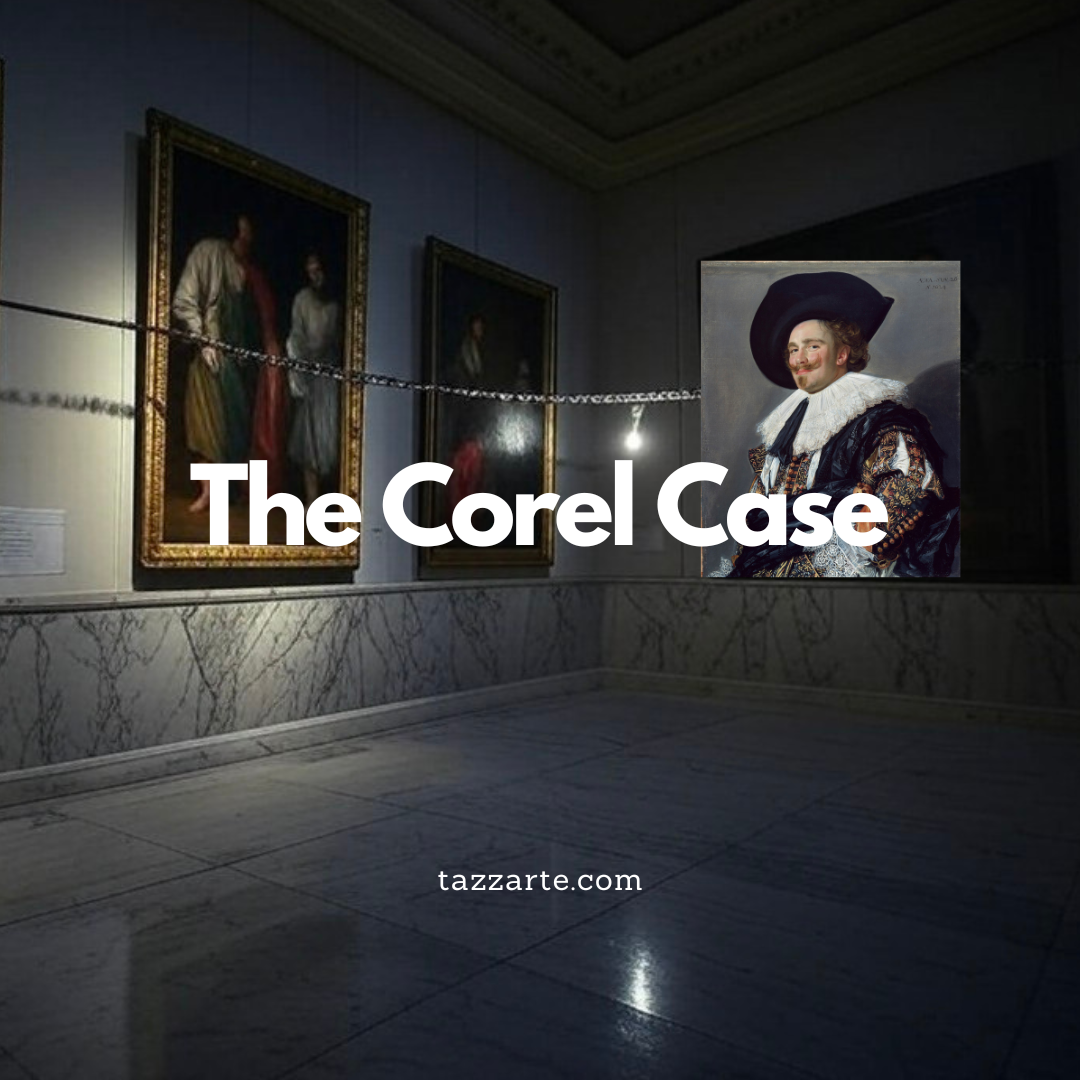
The Corel Case: How Museums Manipulate Copyright - And the Light of Open Access
Share
Welcome back to our blog, where today we explore a contentious issue in the art world: museums artificially extending copyright to control and monetize artworks that should be in the public domain. But before we get into the critique, let's acknowledge the positive strides being made with Open Access efforts by museums.
Positive Open Access Efforts by Museums
Many museums are embracing openness, recognizing the value in sharing cultural heritage:
- The Metropolitan Museum of Art has made a significant part of its collection public domain, supporting education and cultural appreciation. But even the MET only half-heartedly releases its collections for Open Access, as exemplified by the works of Piet Mondrian and Alfred Stieglitz.
- The Smithsonian provides millions of images through "Smithsonian Open Access," encouraging creativity and learning worldwide.
- Various institutions engage with Creative Commons, offering collections under licenses that promote broader use and sharing.
These initiatives represent a hopeful shift towards a more accessible cultural landscape.
What is the Corel Case?
Imagine a scenario where a company, like Corel Corporation, captures photographs of paintings whose copyrights have long expired. In theory, once a work's copyright ends (70 years after the artist's death in the USA), it enters the public domain. However, this is where museums and similar institutions engage in a contentious practice.
They claim "photograph copyright," asserting that their photographs of these public domain artworks are new creative works because of choices made in lighting, angles, and focus. This argument allows them to assert control over and monetize images of artworks that should be freely accessible to the public, sparking debates about the limits of copyright law and the democratization of art.
Critique of This Practice
- Restriction of Public Domain: By claiming copyright over photographs, museums limit access to what should be freely available, undermining the concept of the public domain.
- Commercial Interests Over Cultural Heritage: The focus seems to be more on generating revenue than spreading culture, raising questions about the ethics of using cultural heritage for profit.
- Legal Ambiguity: The debate over what constitutes a creative enough photograph for copyright protection creates confusion and unnecessary legal battles.
- Impact on the Public: This affects not just scholars and artists but also the general public, who expect to freely engage with art in museums.
What Should Happen?
We need copyright reform:
- Clarify Laws: Legislation should specify that reproductions of public domain works don't automatically gain new copyright unless they add significant creative value.
- Encourage Open Access: Museums should increase their efforts in open licensing, making culture more accessible and benefit from the branding.
- Balance Education and Profit: Museums must find a way to benefit financially without compromising public access to art.
While we applaud the open access initiatives, there's still much to do to ensure cultural heritage is truly for all. Share your thoughts below!
Note: These issues are not limited to the USA, but the conversation is highly relevant to the American art scene.
